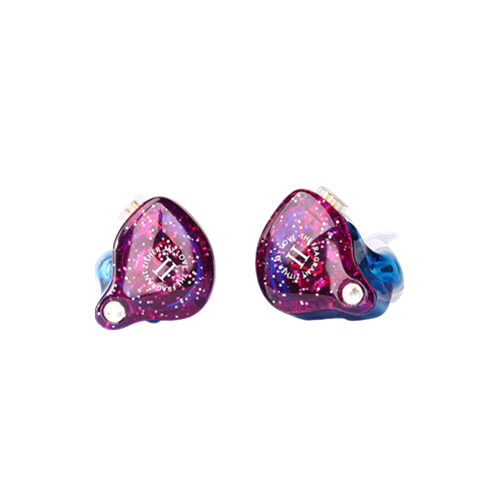E14 HiFi Audio graphene driver In-Ear Earphones with Detachable Cables
SKU:
elicate and clear high-frequency details, loose sweet performance of the human voice, the elastic low-frequency processing, with a strong potential HIFI reduction of high quality.















